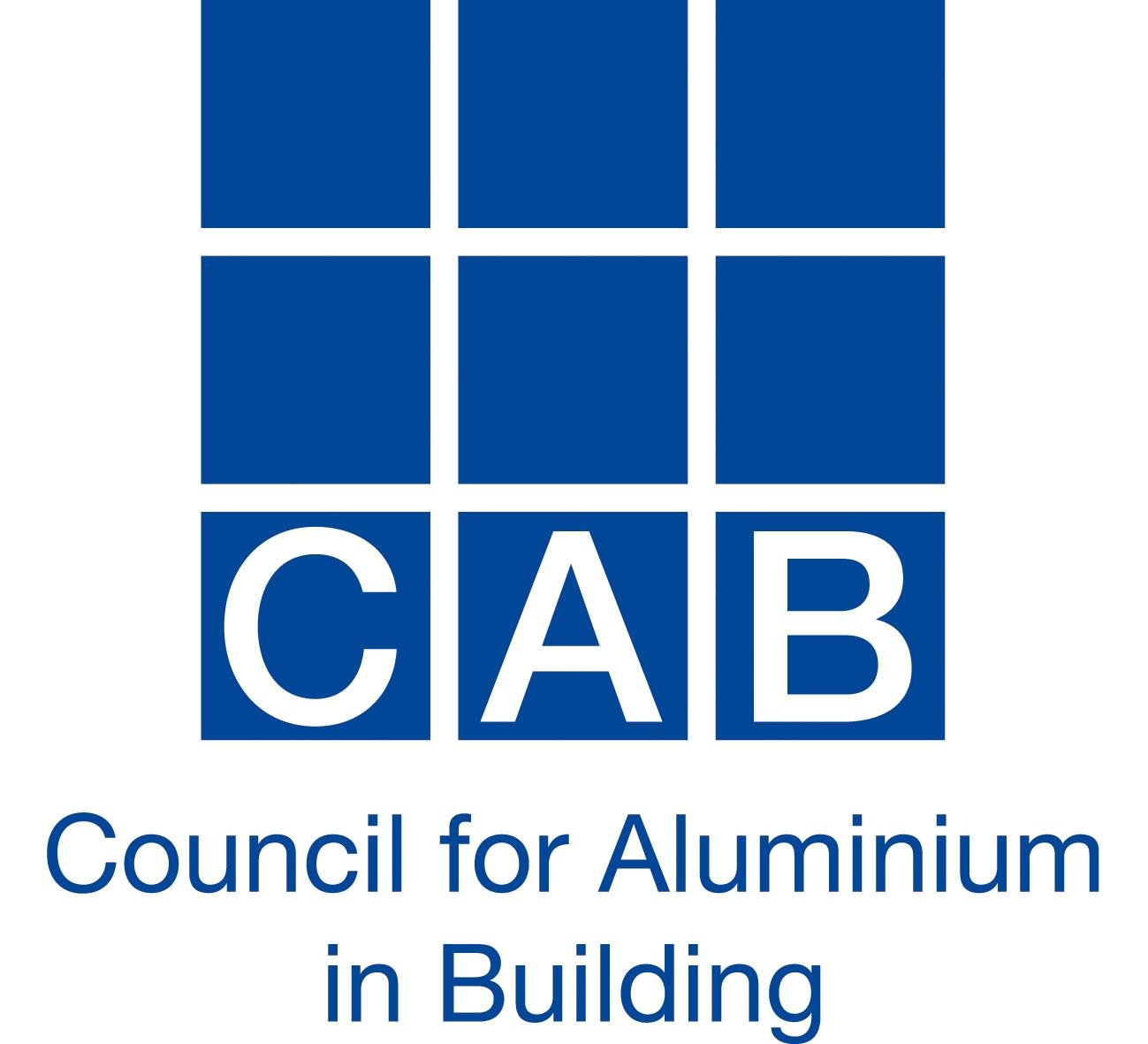The Fall and Rise of Residential Aluminium
Aluminium has been used in commercial fenestration for over eighty years, the metal then became popular in the 1960’s for home improvement, replacing ageing timber windows. The advent of the PVC window revolution, the ‘white gold’ in the 1980’s virtually wiped out aluminium as a home improvement material within a decade. Initially more expensive than aluminium, PVC has now become the most widely used material for new home installations and home improvement projects.
As we moved back into city living at the turn of the century, high rise apartments continued to use aluminium in their commercial construction but in a domestic setting. As these high performance aluminium window systems became more acceptable for high rise homeowners with their various sliding door options for balcony openings, new consumers began to recognise the engineering quality and life expectancy that aluminium can bring to a single dwelling. Whilst new homes continue to be exclusively built using PVC windows and doors, aluminium in home improvement is now expected to be taking a growing share of over 10% of the market.
Home improvement companies continue to up-sell with aluminium where better margins can be made. Systems companies have also risen to the challenge with a wide range of aluminium systems available for this market. So significant is this rise in residential aluminium that virtually all PVC systems companies now have an aluminium option for their customers.
In the turbulent days of February and March 2022, when commodity prices soared to record highs due to fears that Russian metals would be permanently taken off the market is a stark reminder of how the market can take fright. Although the price of metals fell later, at the time of writing Aluminium prices have risen by 8.5% illustrating the volatility of the market due to Russian influence. This comes as the London Metal Exchange (LME) (as reported by Bloomberg) considers a potential ban on new Russian aluminium supplies. LME is likely to launch a discussion paper on whether, and under what circumstances, it should block new supplies from Russia. Nevertheless, the LME states it’s overriding priority, will continue to prioritise an “orderly market”.
‘Low-carbon’ aluminium can be produced to less than 3.0 tCO2e (Tonnes of CO2 equivalent) when 60% to 70% of recycled aluminium is mixed with a low-carbon prime aluminium. In reality all new aluminium used globally, across all industries, on average, contains by volume one third recycled aluminium.
What is new today is the ability to recycle aluminium back into their original ‘grades’. The metal is normally formed into an aluminium alloy which contains other materials that give the alloy special characteristics. The typical alloying elements are copper, magnesium, manganese, silicon, tin, nickel and zinc. There are many globally recognised grades of aluminium alloy which are placed into a long list, or ‘series’ of different characteristics which are used in various applications. For aluminium used in the architectural aluminium extrusion process, we generally use an alloy grade 6063. The ability to recycle in a single grade is helped by using modern, handheld alloy analysers. These XRF (X-Ray Fluorescence) analysers perform a quick, non-destructive analysis of scrap so grades can be grouped together for recycling. Keeping the grades segregated means that the scrap aluminium has a higher value to a re-processor ensuring that former architectural installations can be collected and made back into windows, doors and curtain walls.
Aluminium systems companies have continued to innovate with thermal break technologies as a growing number of aluminium systems houses gain Passivhaus certification. Whilst these products may be too advanced for today’s home improvement market, it does demonstrate that aluminium will continue to be used in our future low-carbon economy. Some single systems today are designed to offer various thermal insulation levels depending on the clients specification.
Whilst aluminium bi-folding doors continue to be a mainstay of the higher end home improvement market, there is growth in the aluminium entrance door sector where composite doors of various designs are taking a share of the glass fibre composite door market. Adding to the range building options when undertaking home improvement is the aluminium roller shutter door which offers homeowners a better option that an ‘up and over’ door, providing more space in a garage with improved air permeability and insulation. A further high end product is the ‘outdoor living’ structures in glass and aluminium which offer both shade and shelter to further extend the British summer season. With some diversification, aluminium ‘range building’ is possible which also helps attract potential customers into showrooms.
Finally, with the high value of aluminium it is always prudent to review your recycling options. With the take up of ‘closed-loop’ recycling, the value of scrap from a re-processor could be greater, shopping around for who can offer you the best rates for your post consumer and pre-consumer aluminium scrap can offer some easy benefits to your bottom line.
CAB News and event information is regularly updated on the CAB website at www.c-a-b.org.uk and in the Association’s monthly ezine ‘A Window Into Aluminium’ which is free to sign up to. If you are not a member of CAB and wish to learn more about membership, please contact Jessica Dean at the CAB offices by email jessica.dean@c-a-b.org.uk or telephone Jessica at the office on 01453 828851.

